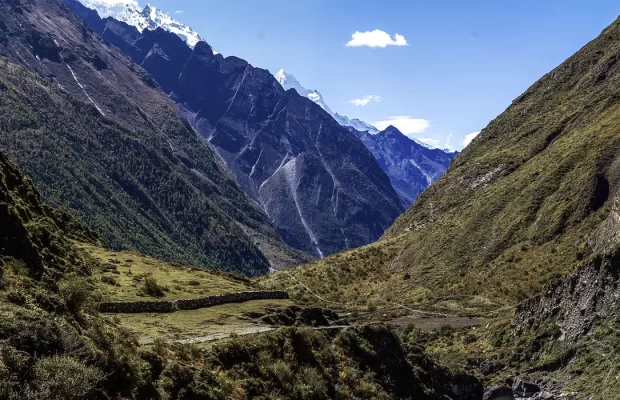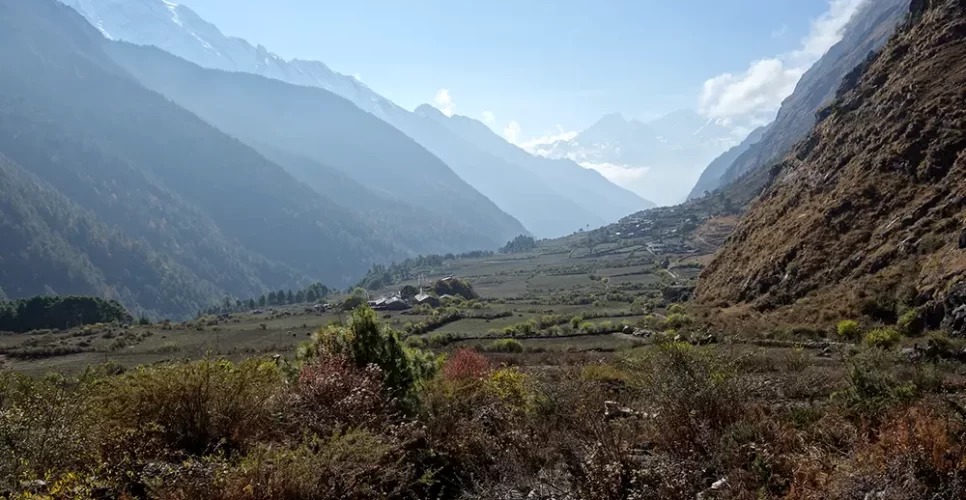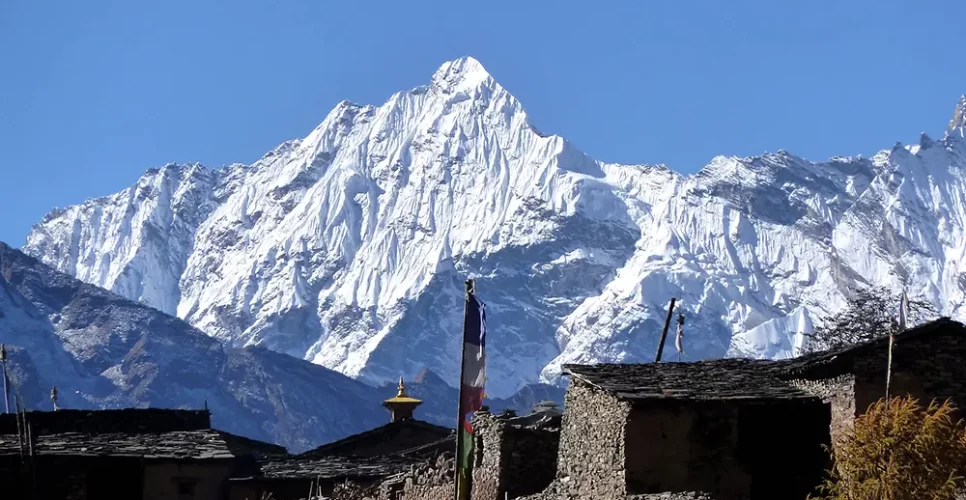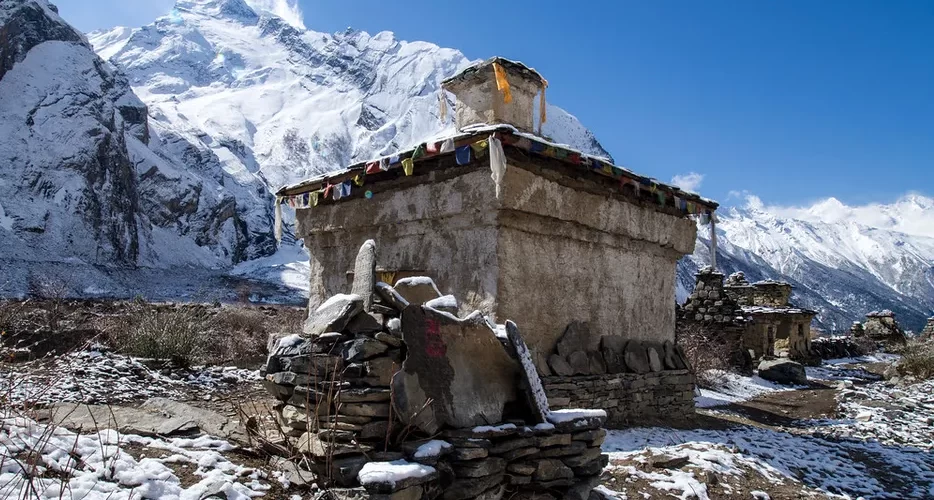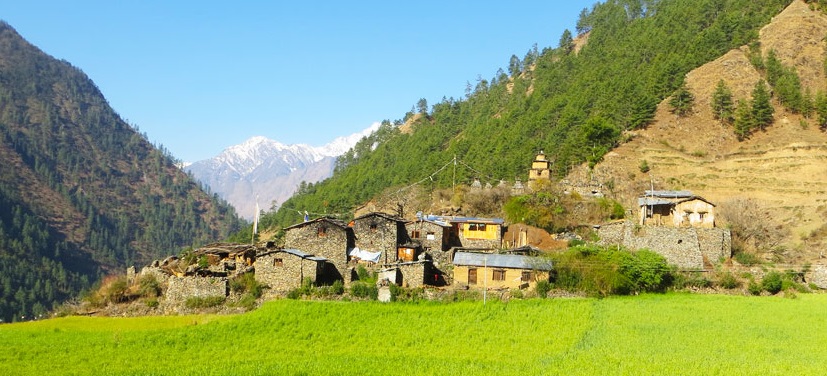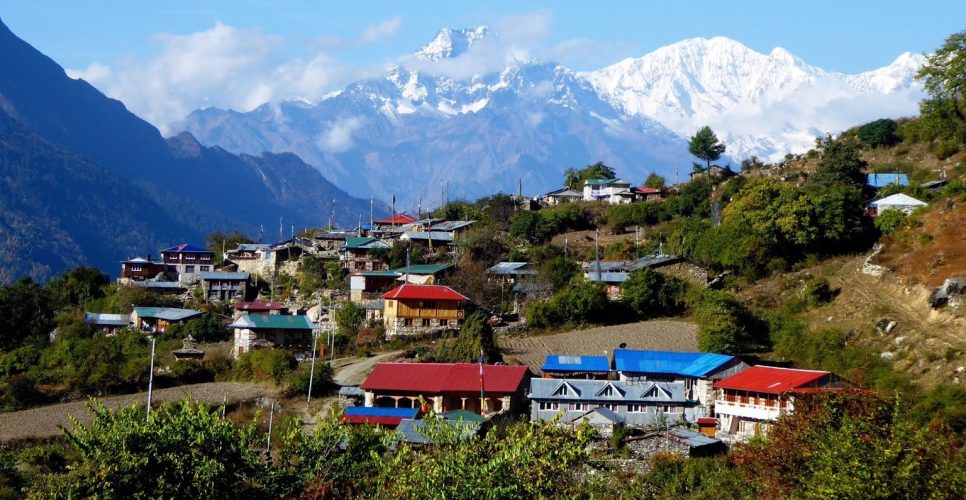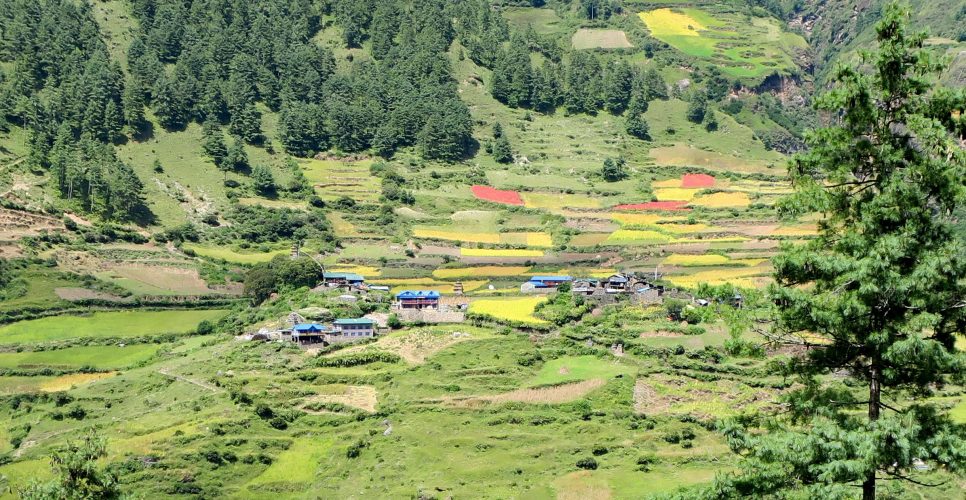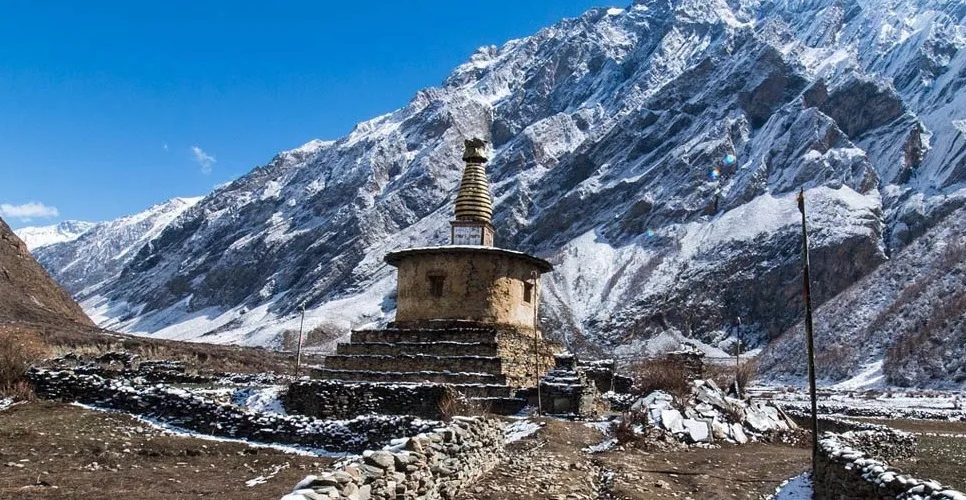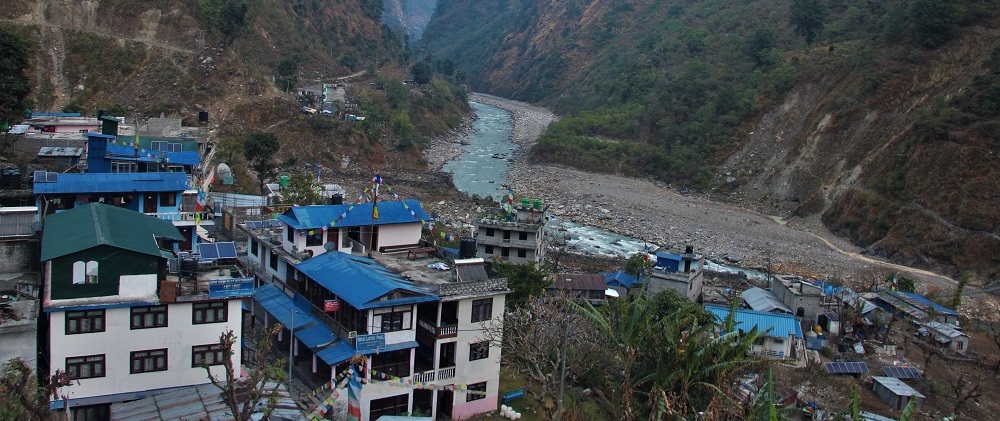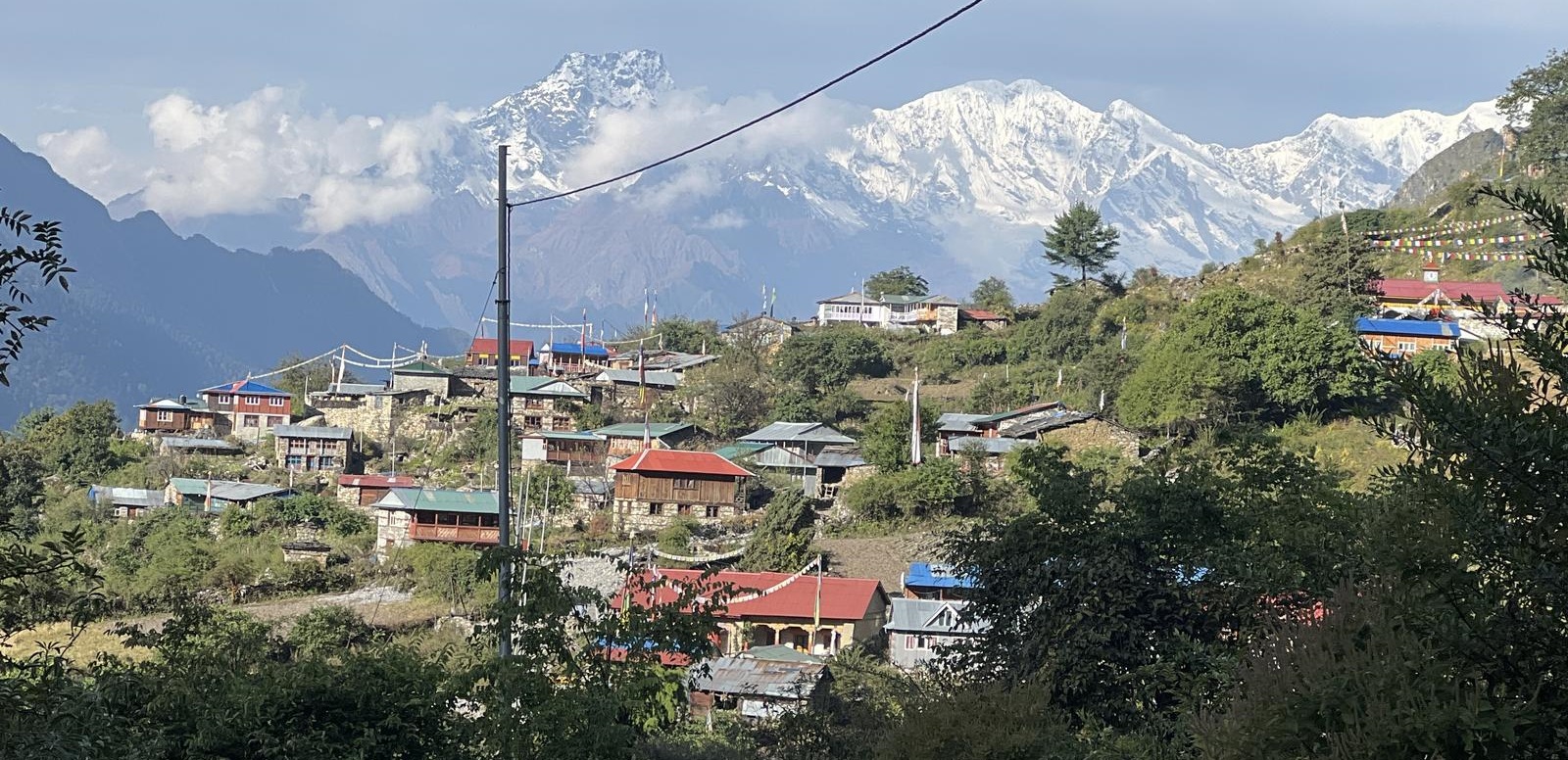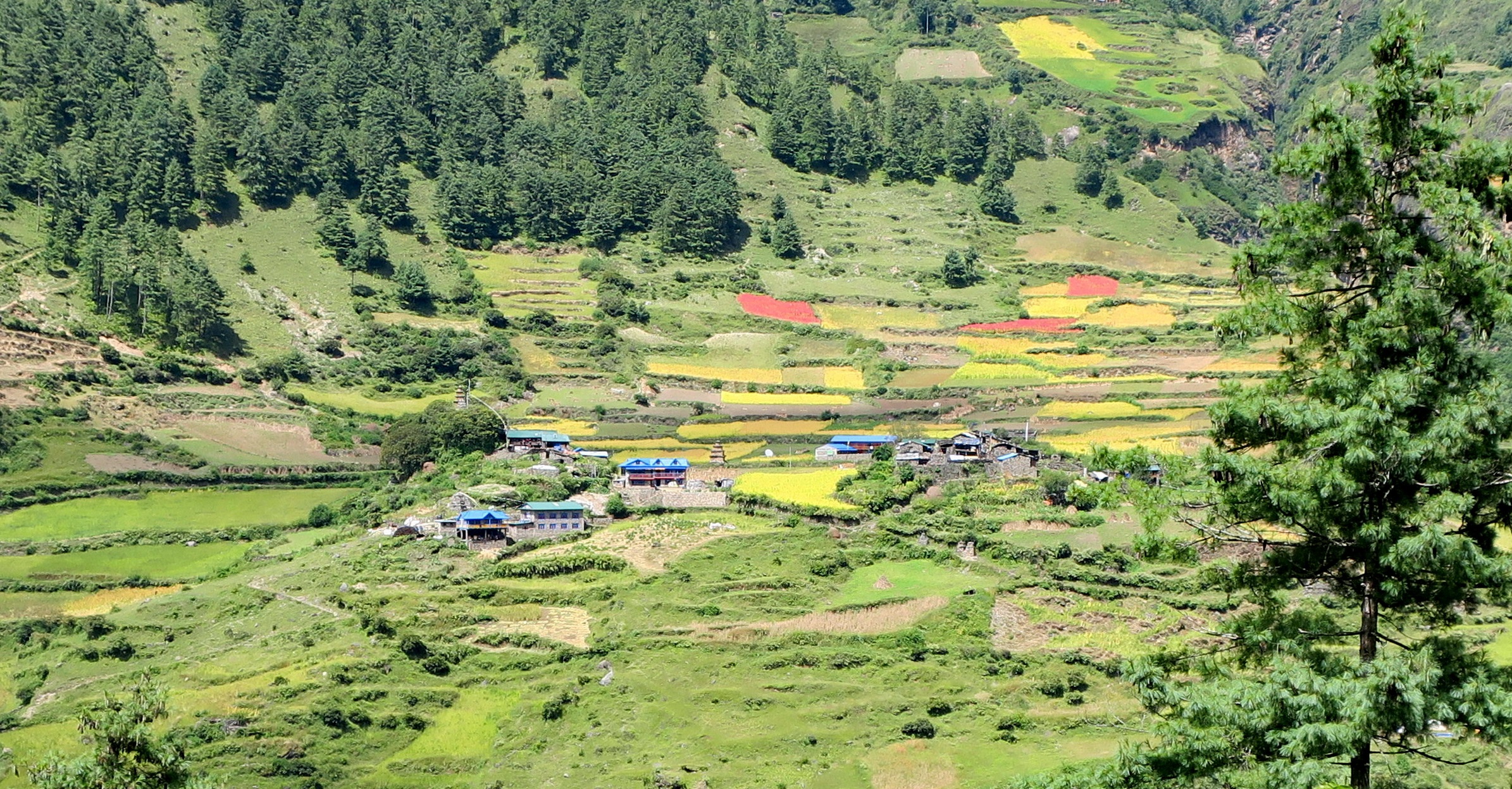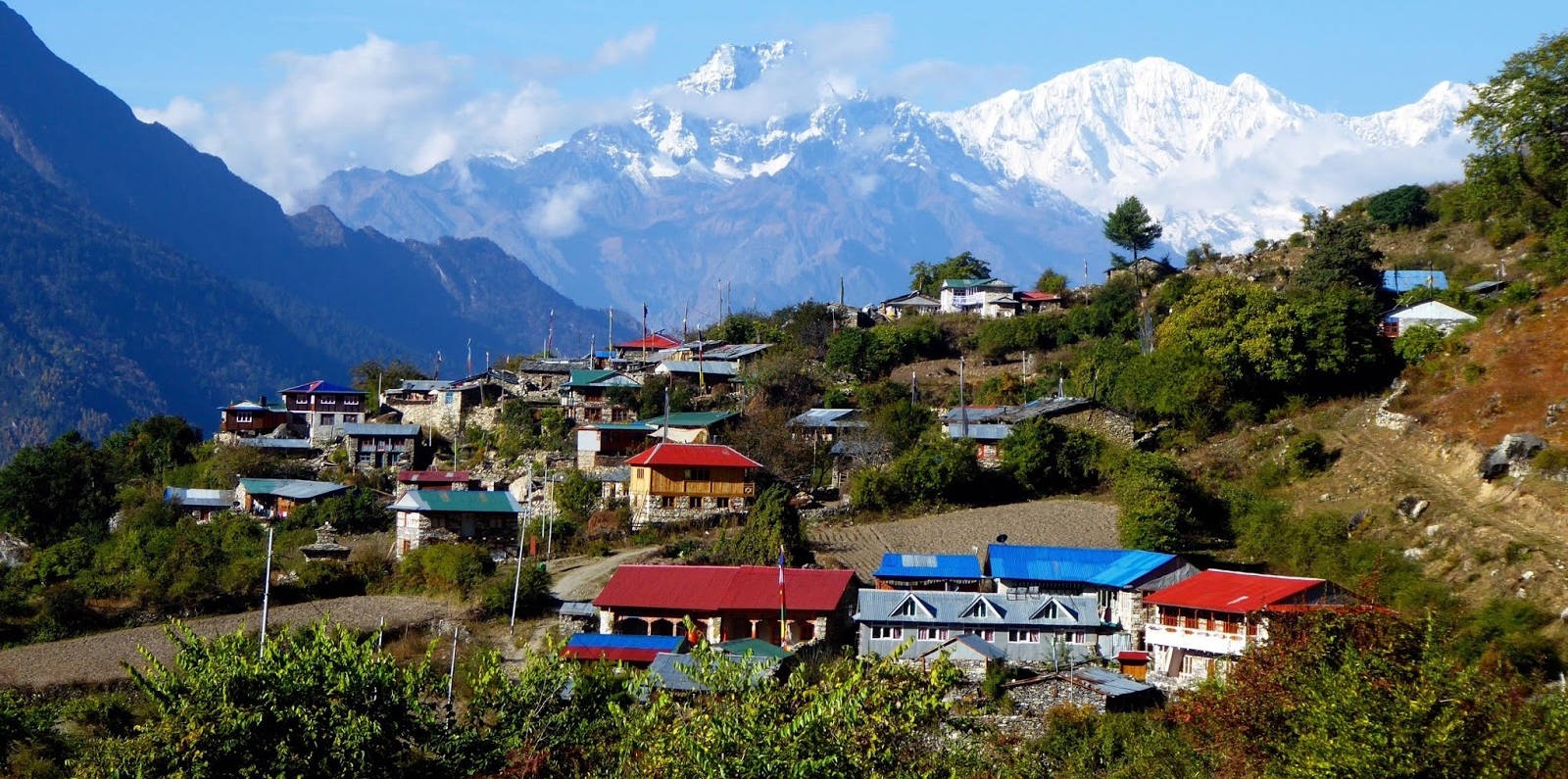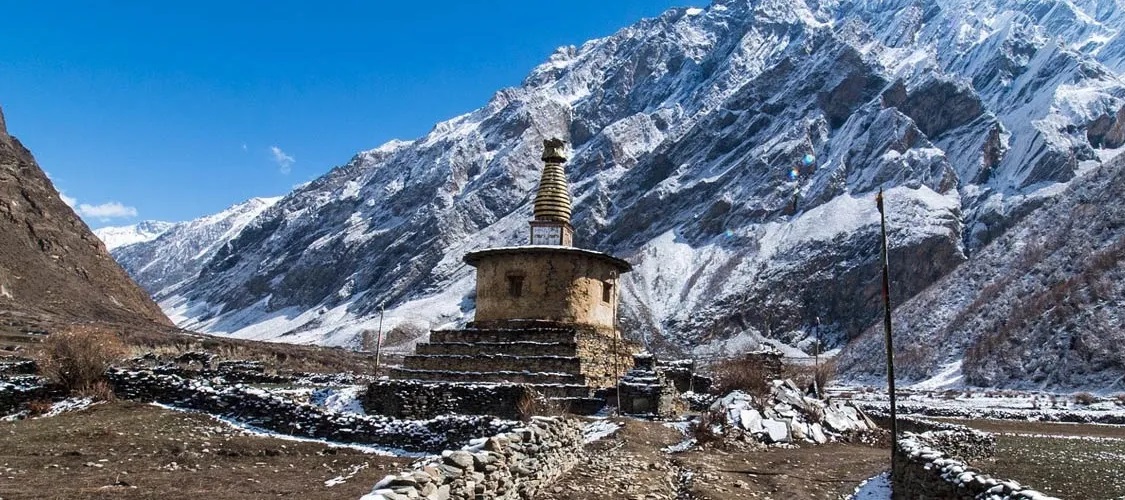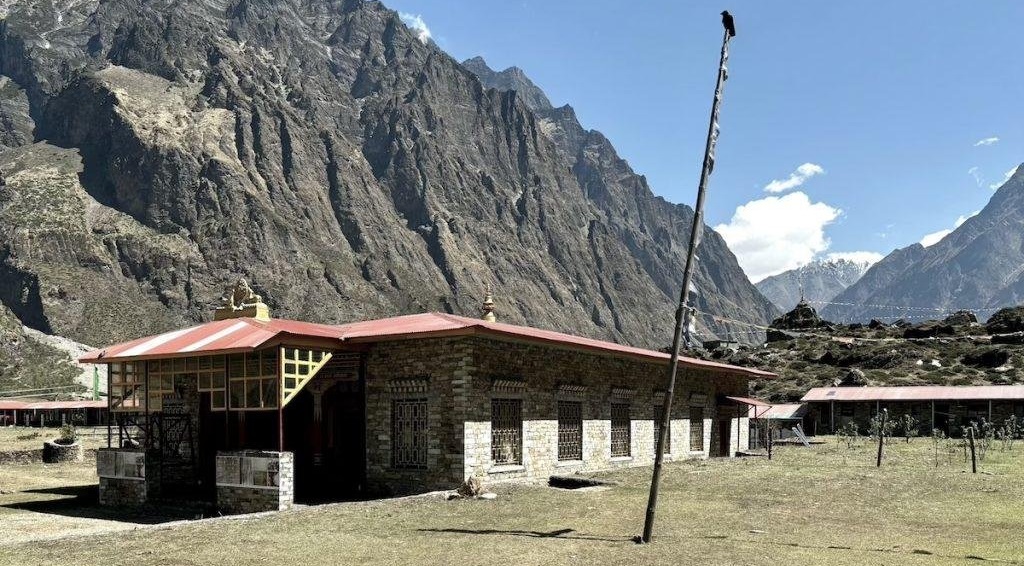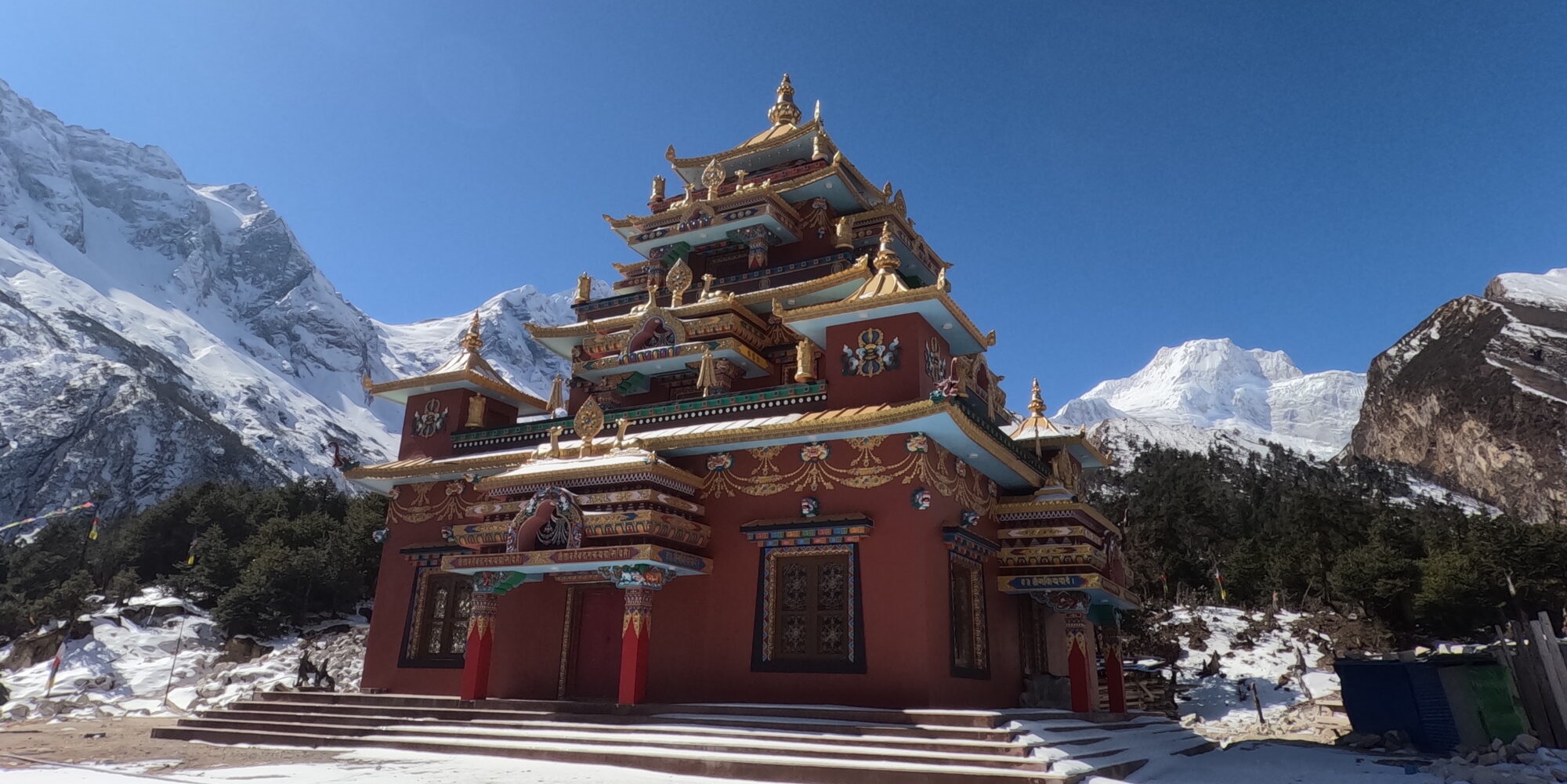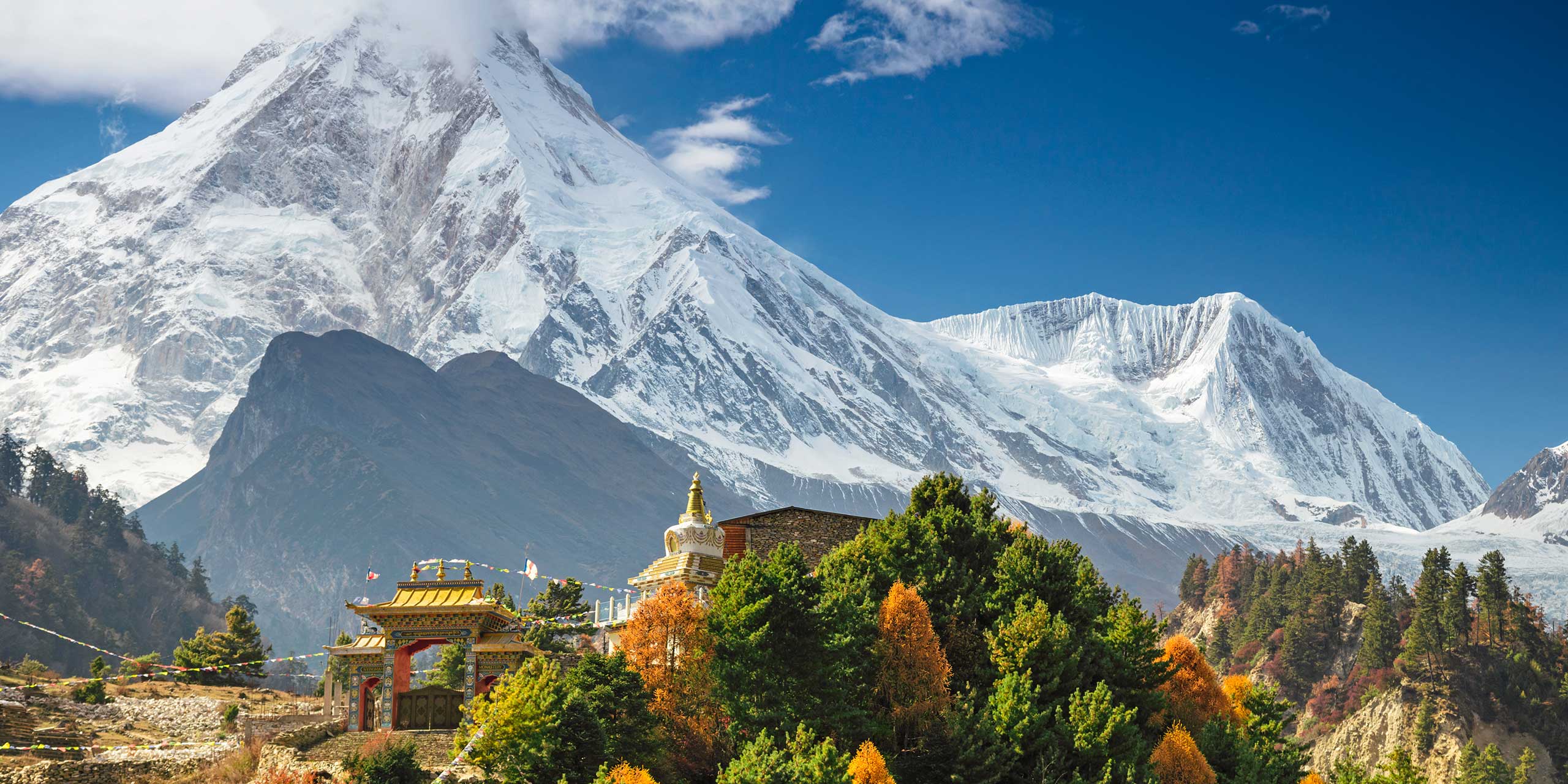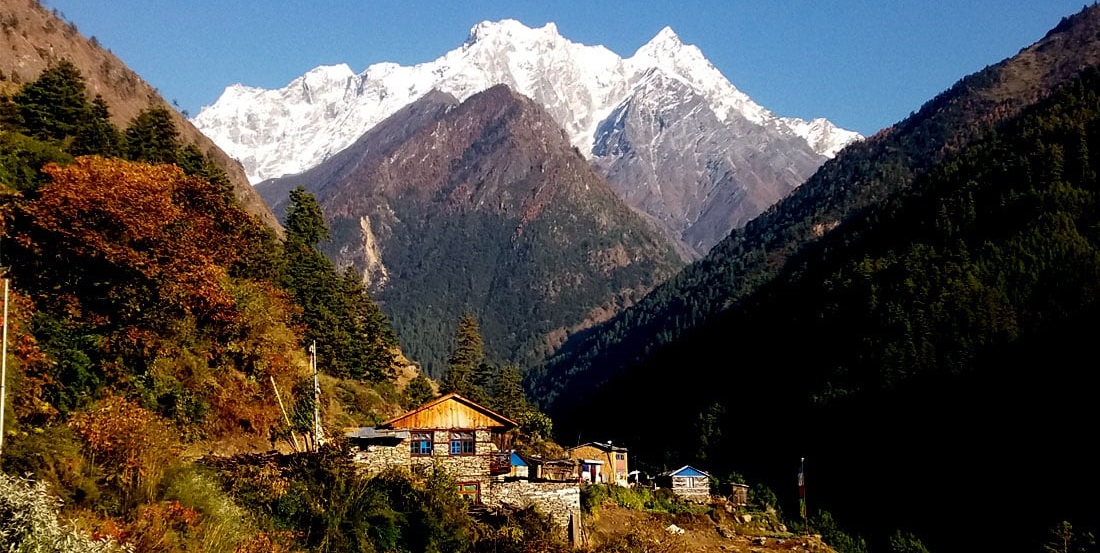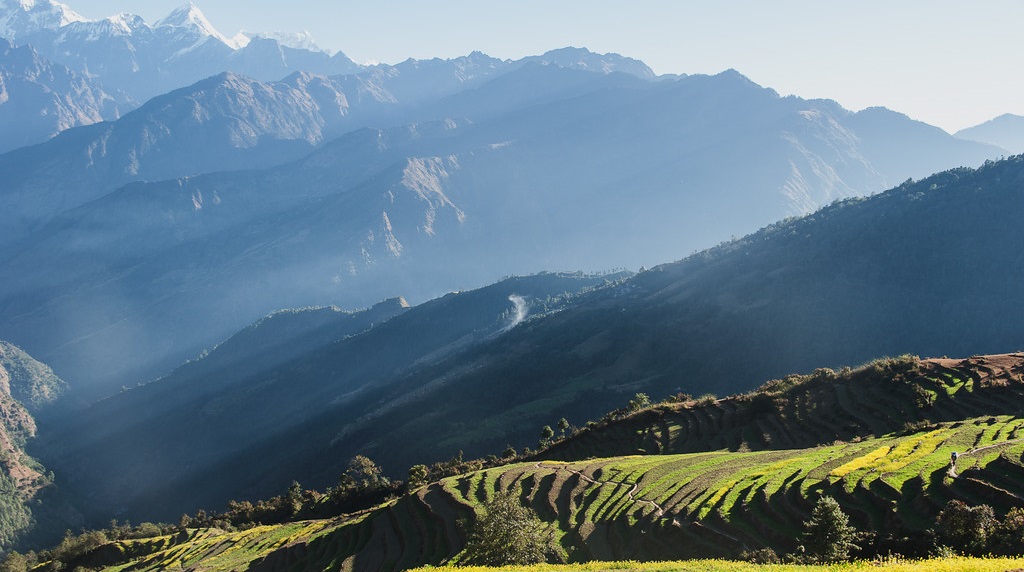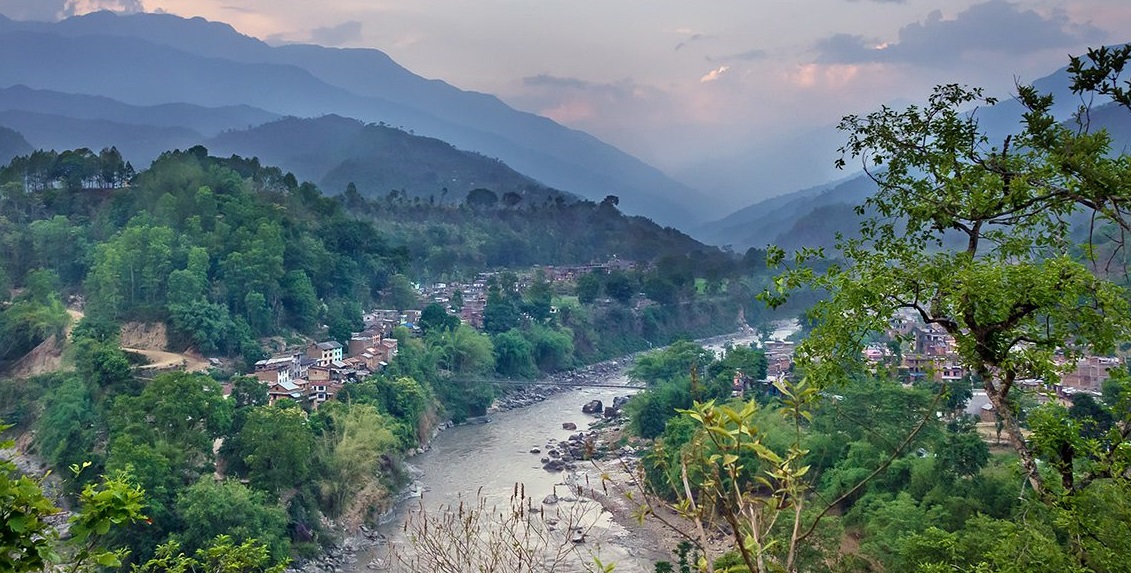Tsum Valley Trek
Group Discounts |
|
| 1 Pax. | US$ 1525 PP |
|---|---|
| 2-4 Pax. | US$ 1450 PP |
| 5-7 Pax. | US$ 1425 PP |
| 8-10 Pax. | US$ 1375 PP |
| 11-14 Pax. | US$ 1350 PP |
| Over 15 Pax. | US$ 1325 PP |
Major Highlights of Tsum Valley Trek
- Explore one of the most beautiful treks on the bank of the Budhi Gandaki River.
- The Tsum Valley is home to the ethnic group of Tsumbas, who have unique cultures and traditions.
- During the trek, you will experience their way of life and visit ancient monasteries, including the Mu Gompa and Rachen Gompa.
- The trek to Tsum Valley also includes a visit to Milarepa’s Cave.
- Tsum Valley Trekking is a challenging trek that involves trekking through steep and rocky trails reaching an altitude of over 4000m,
- Tsum Valley Trekking is a remote trek many tourists do not frequently travel to, so he will enjoy the peaceful environment.
Tsum Valley Exploration:
Visit the ancient Tsum Valley and its isolated villages, including Chumchet and Chhekampar.
Explore monasteries such as Mu Gompa, Rachen Gompa, and Milarepa’s Cave.
Manaslu Conservation Area:
Traverse through the Manaslu Conservation Area, offering diverse flora and fauna.
Chance to spot wildlife such as the Himalayan tahr, blue sheep, and various bird species.
Larkya La Pass:
Cross the challenging Larkya La Pass (5,106 meters/16,752 feet) with breathtaking panoramic views of the surrounding peaks.
Cultural Immersion:
Interact with the local people of Tsum Valley, who have a unique culture and traditions.
Witness traditional rituals and festivals, gaining insight into the Tibetan Buddhist way of life.
Scenic Landscapes:
Enjoy stunning views of the Ganesh Himal, Sringi Himal, and the Manaslu range.
Trek through lush forests, terraced fields, and high alpine landscapes.
Most Asked Questions by Travellers
The Tsum Valley Trek is a scenic and culturally rich trek in the Manaslu region of Nepal, leading you through beautiful villages, ancient monasteries, and stunning Himalayan landscapes. It’s also known for its unique Tibetan Buddhist culture, offering trekkers a glimpse into the life of the people living in the valley.
The Tsum Valley Trek is considered moderate to challenging, requiring a good level of fitness and stamina. While the trek is not technically difficult, it does involve long days of trekking with some steep ascents, and the altitude can be challenging for some trekkers, especially at higher elevations like Mu Gompa and the Larkya La Pass.
The best time for the Tsum Valley Trek is during the pre-monsoon (March to May) and post-monsoon (September to November) seasons. During these periods, the weather is clear, and the trekking conditions are ideal with pleasant temperatures and clear skies for mountain views.
Yes, trekkers need a restricted area permit for the Tsum Valley Trek. In addition to the regular trekking permits, you’ll need the Tsum Valley Restricted Area Permit (RAP) and the Manaslu Conservation Area Permit (MCAP). These permits are issued by the Nepalese government and can be arranged through a registered trekking agency.
The highest point on the Tsum Valley Trek is Mu Gompa, which stands at an altitude of 3,700 meters (12,139 feet). The trek involves gradual acclimatization, but trekkers should still be mindful of altitude sickness.
The trek usually takes 18 days, starting from Kathmandu and ending back in Kathmandu. However, the duration can vary depending on the trekking pace, acclimatization days, and other factors like weather conditions.
Yes, it is highly recommended to hire a licensed guide for the Tsum Valley Trek due to the remote nature of the region and the need for navigating through restricted areas. A guide will also help with cultural insights, ensuring you follow local customs and traditions, as well as enhancing your safety during the trek.
While previous trekking experience is beneficial, it’s not mandatory if you’re in good physical condition. However, it’s important to be prepared for the altitude, long days of walking, and the remote conditions of the trek. Trekkers with little experience should consider gradually increasing their fitness and hiking capabilities before attempting the trek.
Accommodation during the Tsum Valley Trek is typically in basic guesthouses or teahouses. These accommodations are simple but comfortable, with shared rooms and communal bathrooms. The facilities can vary from village to village, with some areas offering more amenities than others.
Internet and phone service can be intermittent throughout the trek. You may be able to find Wi-Fi in some guesthouses or village areas, but connectivity will become more limited as you trek higher into the valley. It’s best to be prepared for some periods of disconnection during the trek.



